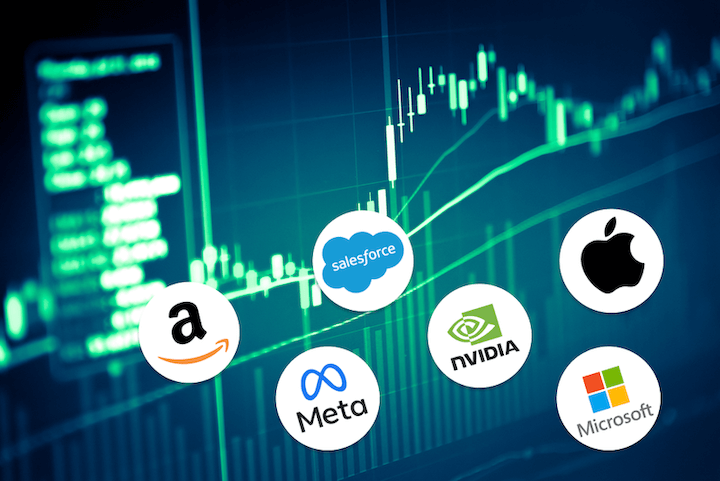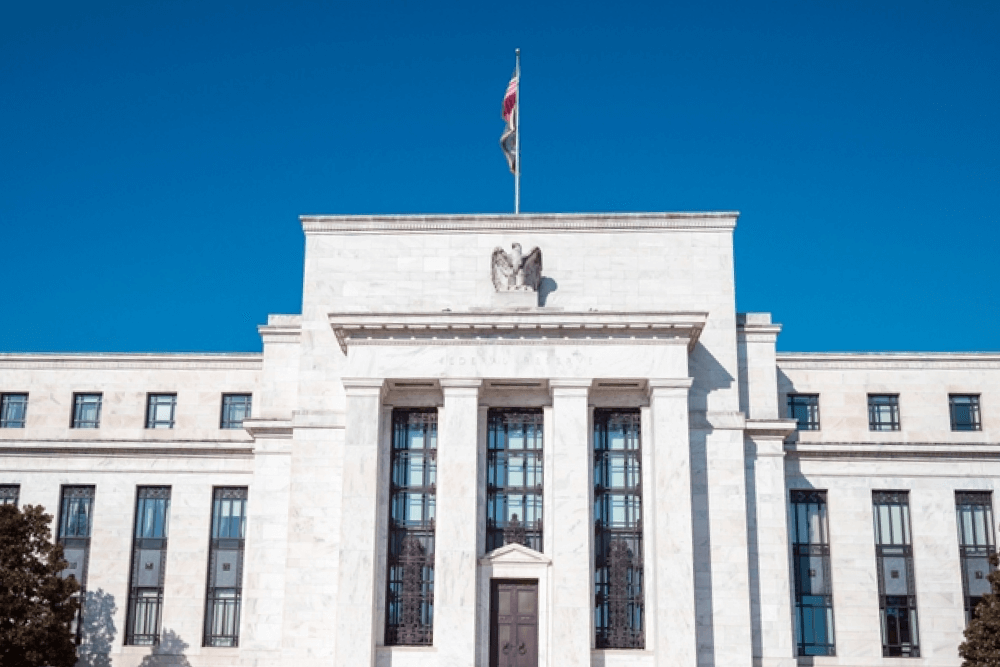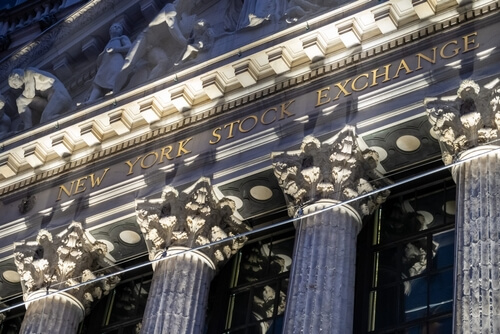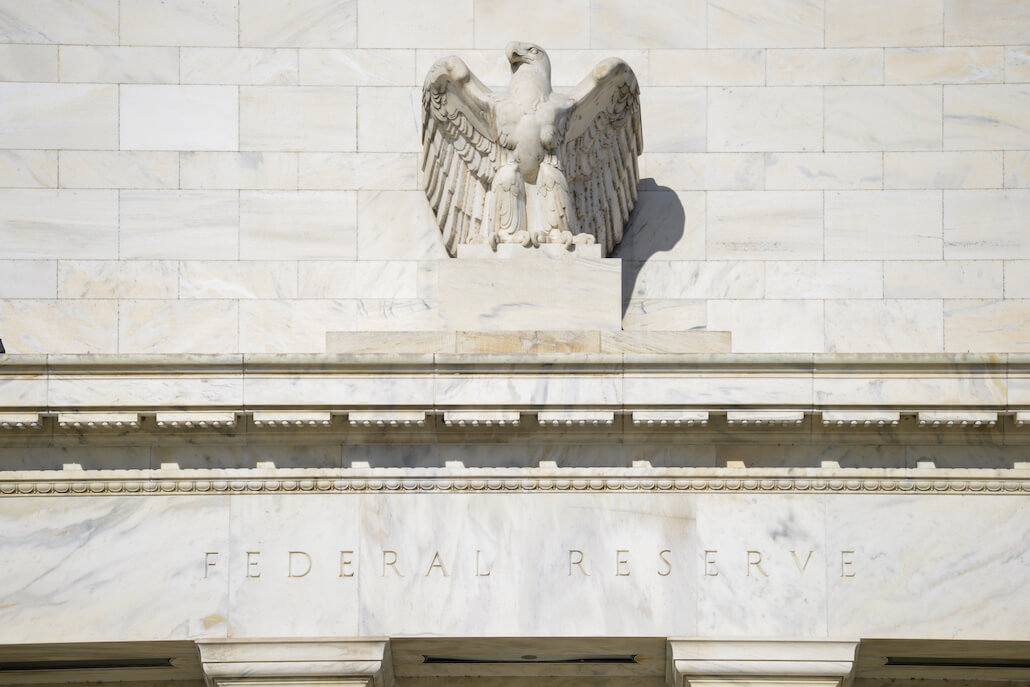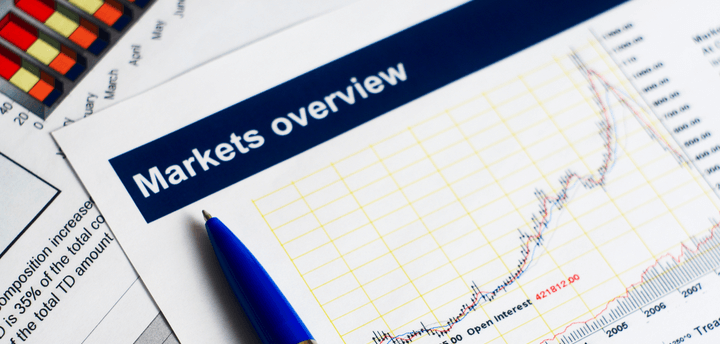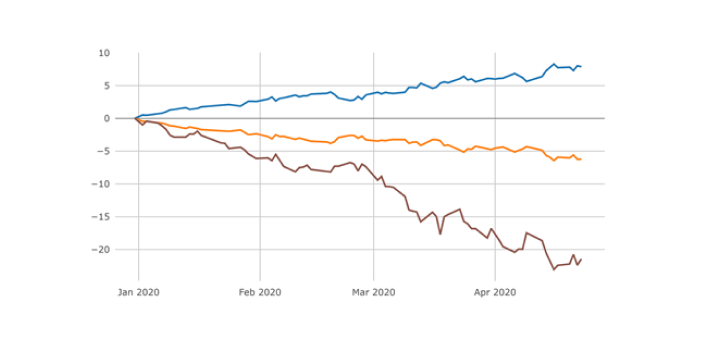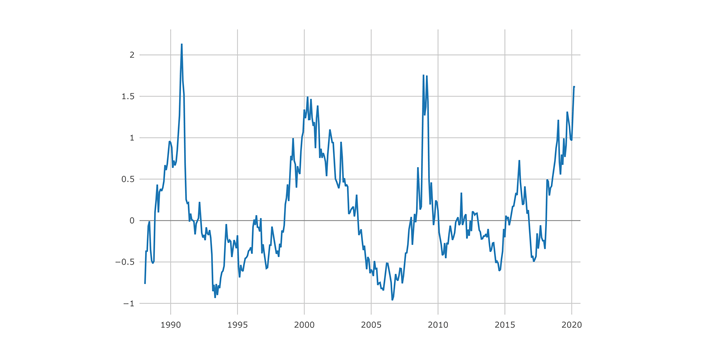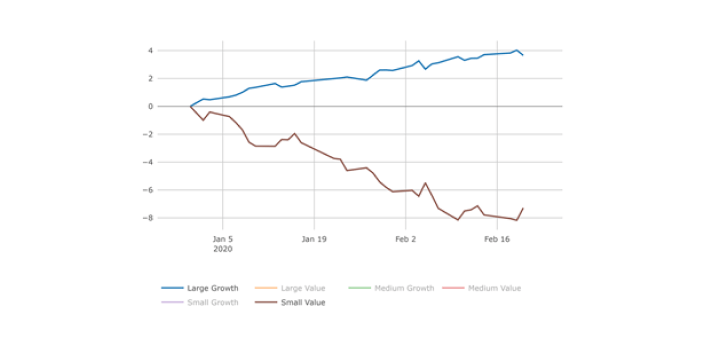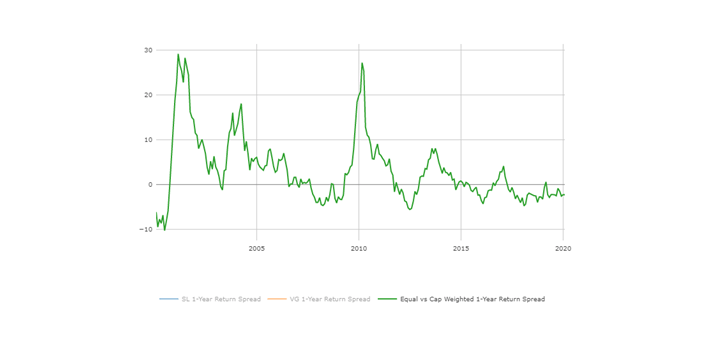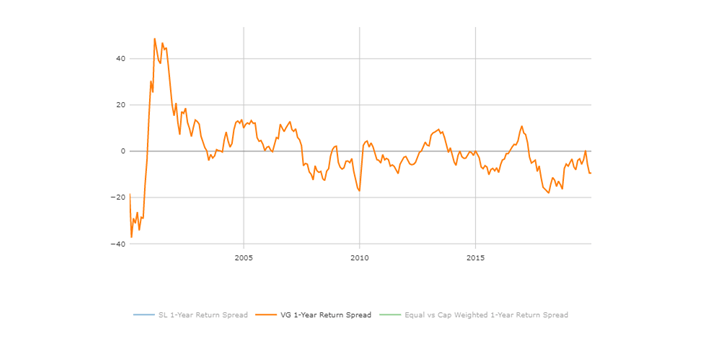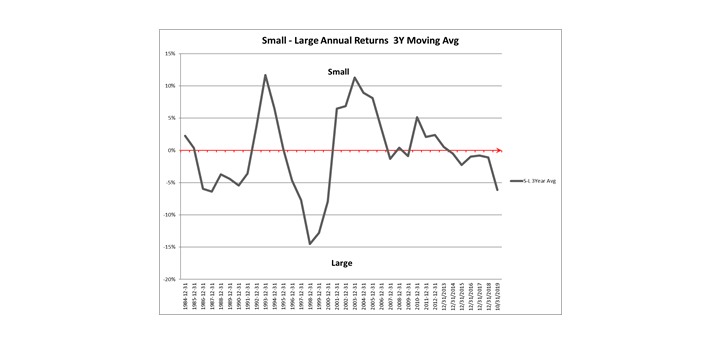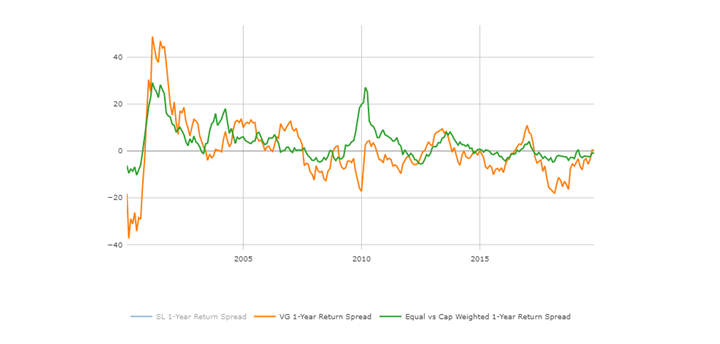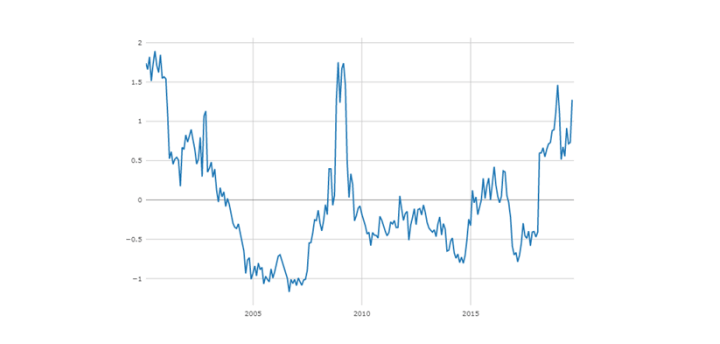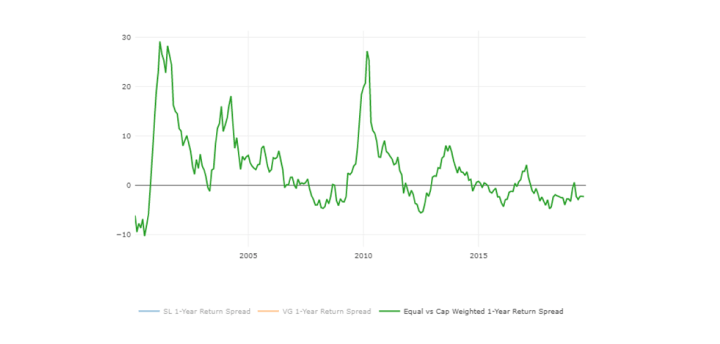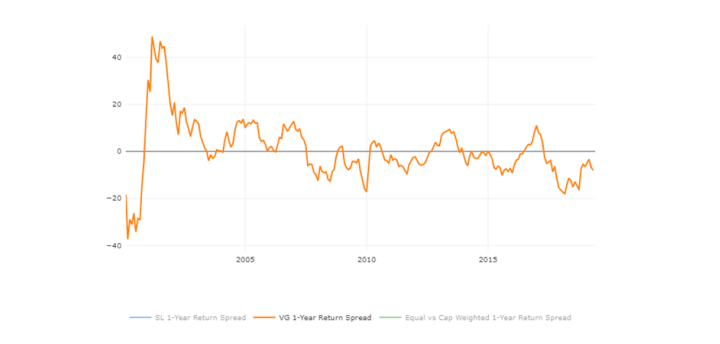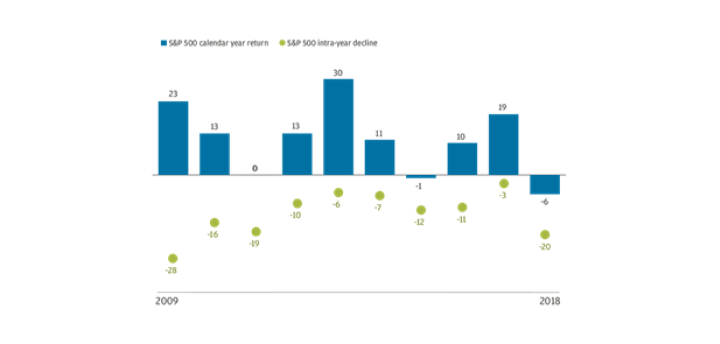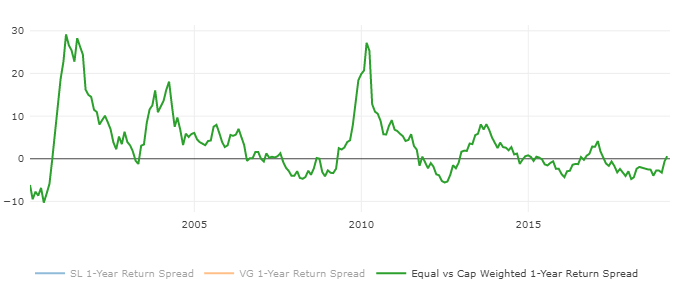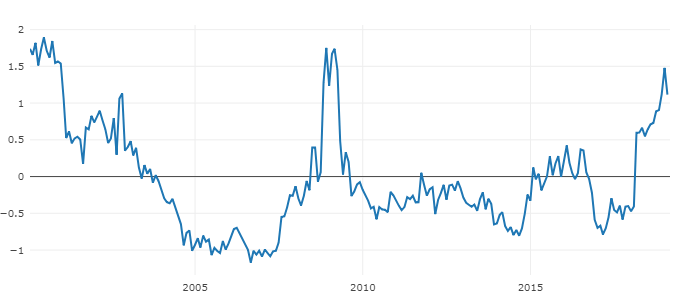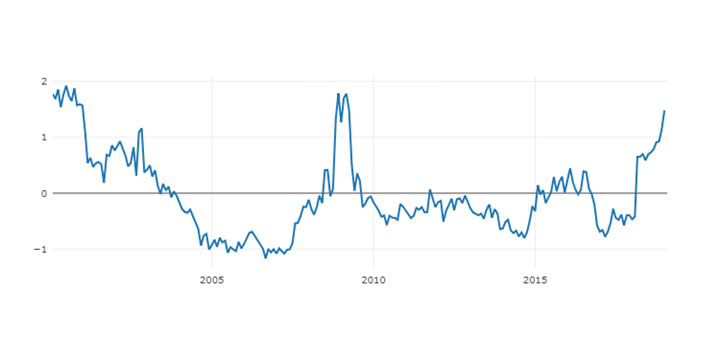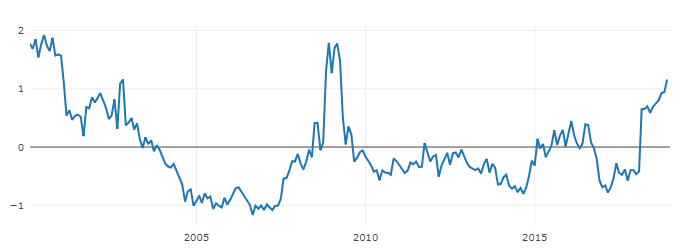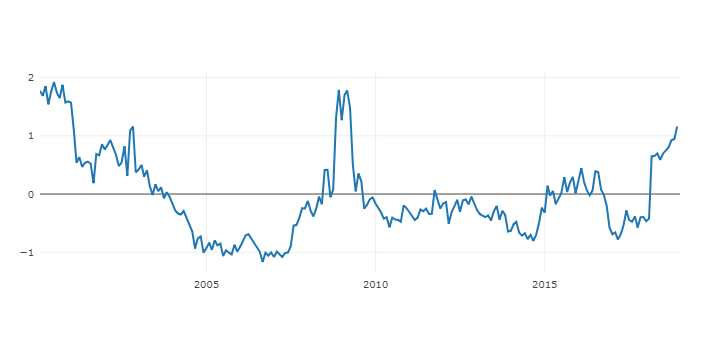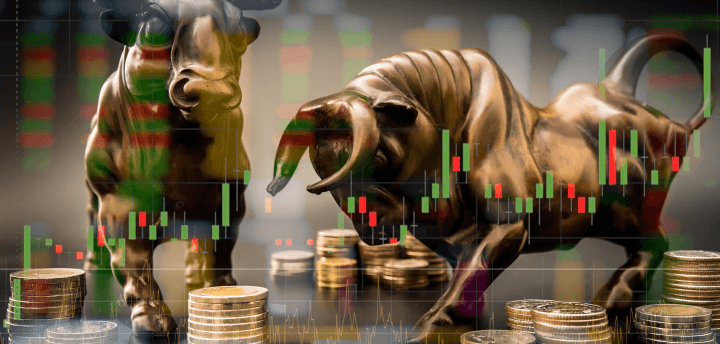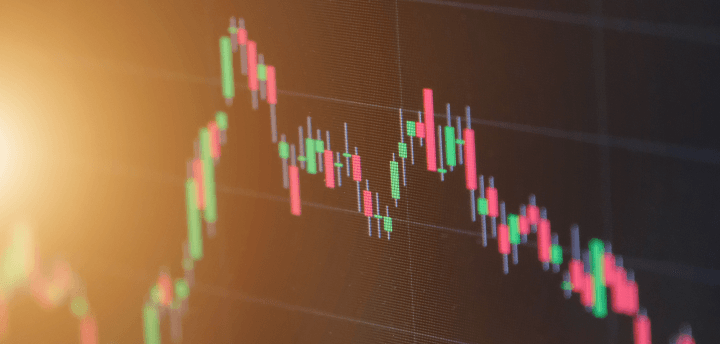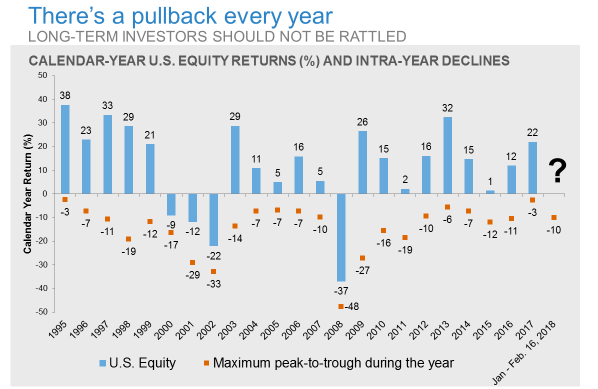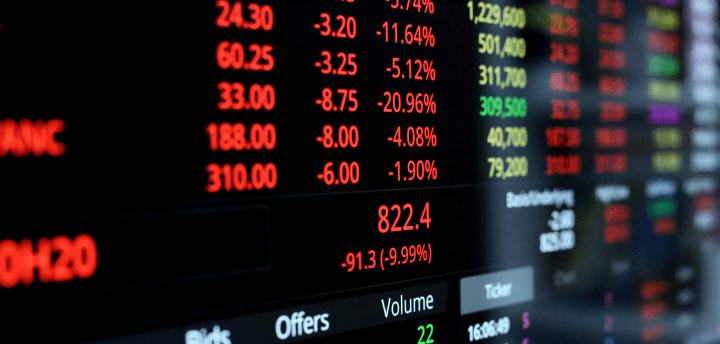
As we consider what may happen in the years ahead, it is useful to reflect on how we ended 2021. Markets are banking on more good news than bad, as markets hover at or near all-time highs. This reflects a good deal of optimism. Most of the worst news is backward-facing while most of the best news is forward – and the forward news and expectations are what matter most to markets.
Heading into the new year, we see positives and negatives for investors.
Positives:
- Economic recovery should continue;
- Earnings growth should be above trend;
- Pent-up demand from healthy consumers.
Negatives:
- Inflationary pressures have grown;
- Interest rates are rising;
- Fiscal and monetary support is waning.
Below are more detailed highlights from the most prominent investment strategists and economic forecasting firms that we follow. We believe there is value to understanding multiple perspectives as we seek to keep all our clients on track towards achieving their financial goals.
The US and global economic growth
Goldman Sachs
Although the fastest pace of recovery lies behind us, global GDP is likely to grow around 4.5% in 2022. The first half of the year is likely to be stronger, benefitting from improving virus conditions, economic re-opening, pent-up consumption, and inventory rebuilding.
The combination of strongly pro-cyclical fiscal and monetary policies in most major economies, in conjunction with households’ pent-up consumption, led to the strongest period of economic growth in decades in 2021. The global outlook for 2022 is one of continued above-potential activity. Thereafter, Goldman Sachs expects 2023 to return to a slower but more sustainable and historically normal pace of expansion and that inflation surges will recede by late 2022 or early 2023.
Real GDP Growth Estimates (%)

J.P. Morgan
Following a better than 6% annualized gain in the first half of the year, real GDP growth slumped to just 2.1% in the third quarter, as supply-chain issues impeded both production and consumer spending. This was particularly notable in light vehicle sales, which fell from an annualized 16.9 million units in the second quarter to just 13.3 million units in the third.
However, the fourth quarter has seen signs of improvement in supply chains with rising auto production, smaller backlogs at ports, increased hiring of truck drivers, and fewer purchasing managers reporting slower deliveries. This should allow pent-up demand to boost spending over the next few months. In addition, while government aid has diminished, consumer spending should be supported by massive gains in household net worth and lower debt service costs. Capital spending and inventory rebuilding should also contribute to growth, financed by strong profits and low-interest rates and motivated by labor shortages and high margins.
Because of this, we expect real GDP growth to exceed 5% annualized over the fourth and first quarters combined before subsiding to a near 2% pace by the end of 2022, as labor constraints act as a more significant drag on economic momentum.
US equities and drivers of appreciation
We are likely to see markets move higher in 2022, supported by negative real interest rates, strong corporate earnings, and flows from investors seeking positive real returns. However, because of an elevated starting point, the stock market will probably grow at a slower pace than in the previous decade.
J.P. Morgan
Earnings growth has been nothing short of spectacular in 2021, with Standard & Poor’s currently estimating that S&P 500 operating earnings per share grew by 70%. The majority of this earnings growth came from margin expansion, as companies cut costs aggressively during the pandemic and subsequently benefited as revenues came roaring back earlier this year. Alongside this rebound in revenues, however, has been a continued increase in input costs and wages. This has led to concerns that profit margins may come under pressure next year and potentially lead earnings to decline.
Despite these rising costs, companies may be able to defend their margins in two different ways. First, we have already seen companies pass along higher prices to the end consumer — while there are implications for inflation, this does help preserve profitability. At the same time, we have seen more and more managements mention a focus on productivity and efficiency. Historically, capital spending tracks earnings growth with a 12-month lag; this suggests that business investment may accelerate next year, helping offset rising input costs more sustainably.
We prefer sectors and industries with earnings that are most sensitive to economic activity. Importantly, this does not mean investors have to choose between value or growth — the best allocation will actually be a blend of the two. Earnings of companies in the technology, communication services, financial and industrial sectors have historically been most correlated to changes in real GDP. Furthermore, we believe that the financial sector could benefit from higher interest rates and a resumption of buyback activity.
The emergence of the Omicron variant has reminded us that the pandemic is not yet behind us. A balanced approach to equity investing that is focused on earnings seems to be the optimal strategy in an environment of continued uncertainty.
Empirical Research Partners
The Pandemic, and the enormous monetary and fiscal policy responses it engendered, have stymied forecasters, who were far too conservative this year. At its outset, analysts expected the S&P 500 to earn $173 a share on an operating basis. It looks like the actual earnings will be closer to $220. The 2022 estimates also look a bit too low, particularly given the outlook for nominal growth and the prospects for a pick-up in capital spending. Empirical thinks $235 to $240 a share for S&P 500 operating earnings is more likely than the current bottom-up estimate of $229.
Goldman Sachs
Today’s elevated equity valuations may diminish return potential in the longer term, even if they do not portend a correction per se. We do not expect any imminent repricing of risk assets, absent renewed recessionary factors, and would-be buyers of any short-term weakness. Even so, we see greater opportunities in more affordable pockets of the global equity market, particularly in a security-specific approach. Additionally, diversifying assets, or those that can secure returns through dividend income rather than capital appreciation, may benefit portfolios in a lower return environment.
Covid-19
While cases of the highly contagious Omicron variant of coronavirus continue to surge globally, a rise in Covid-19 inflections has yet to derail the economic recovery or trigger a sustained sell-off in market returns.
J.P. Morgan
On the pandemic itself, there are reasons for cautious optimism. The death toll has been horrific with over 800,000 Americans now having perished from the disease. However, J.P. Morgan estimates that a combination of vaccinations and infections has left close to 90% of the country with some immunity to Covid-19. Daily fatalities haven’t significantly increased, backing studies that have suggested the variant leads to more mild infections. The history of prior pandemics suggests that, even without widespread vaccinations, viruses tend to mutate to become more contagious but less deadly, which should allow society to slowly return to normal. In addition, from an economic perspective, much of the economy has adapted to a pandemic environment, allowing certain industries to thrive even as some remain depressed due to health concerns.
Major themes from 2021 to 2022
Employment
J.P. Morgan
The labor market improved throughout 2021, with the unemployment rate falling from 6.7% in December 2020 to 4.2% by November 2021 with the addition of 6.1 million non-farm payroll jobs. However, payroll employment remains 3.9 million below its peak in February 2020. Furthermore, the labor force is 2.4 million people smaller than it was in February 2020, with the labor force participation rate falling from 63.3% to 61.8%. This statistic needs to be treated with some caution, however, as it partly reflects the continued retirement of baby boomers. A more serious issue from an economic perspective is that the U.S. population aged 16-64 has fallen by 465,000 since February 2020 and is likely to fall further in 2022 due to the aging of the baby boom cohort and very limited immigration.
This lack of labor supply combined with strong economic growth should allow unemployment to decline rapidly in the year ahead, with the unemployment rate falling below 4% by the middle of the year. This should be accompanied by strongly rising wages as companies compete to hire and retain a limited supply of workers.
Very strong labor demand should continue to reduce unemployment and boost wages (seasonally adjusted, %)

Inflation
J.P. Morgan
Rising wages should continue to add to inflation pressures in the year ahead. However, CPI inflation, having exceeded 6% for the first time in over 30 years in the fourth quarter of 2021, should ease on average in 2022 as oil prices recede, supply chain difficulties diminish, and government aid to low- and middle-income households dries up. Still, J.P. Morgan expects inflation as measured by the core consumption deflator to remain solidly above 2% by the end of 2023.
Goldman Sachs
Higher inflation prints have raised concern over how long price pressures will last, despite the Federal Reserve’s assertion that this surge in inflation is transitory, driven by base effects and COVID-19 disruptions. Although we believe these temporary pressures will soon roll off, investors may see the benefit in owning assets that display strong performance during periods of rapidly rising inflation expectations. Equities and real assets have historically delivered a solid performance in periods of rising break-evens, with the potential to provide reliable protection when most needed.
Rising interest rates
Siegel
Professor Jeremy Siegel believes the Fed will have to raise rates higher than people are expecting —as inflation will be more persistent than commonly thought. Professor Siegel’s view is that the Fed needs to hike short-term rates to a 2% minimum by the end of 2022. Given there are only eight Fed meetings, and the Fed seems unlikely to start hiking rates until the third meeting, we’ll need some 50 basis points (bps) rate increases to get to that 2% level. These hikes could cause some tremors and ripples through the equity markets. History has indicated that the first year the Fed starts raising rates should still be good for the stock markets, however.
J.P. Morgan
As pandemic conditions recede globally, we firmly believe most central banks should hike rates next year, while the pace at which central banks tighten policy through 2023 and beyond is up for debate.
For investors, as central banks shift to less accommodative policy, we expect this will lead to steeper yield curves driven by rising long rates as markets recognize that central banks will be gradual in hiking rates, therefore not restricting the rebound in economic activity.
This dynamic suggests investors should favor shorter duration within their bond portfolios. Moreover, as growth rebounds, credit fundamentals should continue to be supported as default rates will likely remain at multi-year lows. Investors are being compensated at current spread levels for the minimal credit risk in markets; however, further spread compression will be hard to come by. Lastly, emerging market (EM) debt could provide opportunities as many EM central banks have already begun hiking rakes to ward off higher inflation and to defend their currencies.
Taxes
Goldman Sachs
With public spending at record highs and tax rates at historically low levels, tax rates are likely moving higher in the future. However, investors may be able to enhance their after-tax total return experience through prescriptive investment decisions.
Tax-efficient vehicles such as municipal bonds, separately managed accounts (SMAs), and exchange-traded funds (ETFs), can minimize taxable distributions by taking advantage of tax-free or tax-deferred returns. Tax-loss harvesting strategies can improve after-tax returns by offsetting capital gains with realized losses. Asset location approach strategies such as placing investments subject to taxable events or that have high turnover might well be suited inside tax-advantaged accounts.
What does all this mean for my portfolio?
We believe markets have room to appreciate further if things go as expected. Of course, when the inevitable setbacks hit, we will see more volatility through the year.
But the base case is this: the economic recovery continues, stocks grind higher, and political concerns shouldn’t disrupt markets in a significant way.
The information and opinions included in this document are for background purposes only, are not intended to be full or complete, and should not be viewed as an indication of future results. The information sources used in this letter are WSJ.com, Jeremy Siegel, Ph.D. (Jeremysiegel.com), Goldman Sachs, J.P. Morgan, Empirical Research Partners, Value Line, BlackRock, Ned Davis Research, First Trust, Citi research, and Nuveen.
IMPORTANT DISCLOSURE
Past performance may not be indicative of future results.
Different types of investments and investment strategies involve varying degrees of risk, and there can be no assurance that their future performance will be profitable, equal to any corresponding indicated historical performance level(s), be suitable for your portfolio or individual situation, or prove successful.
The statements made in this newsletter are, to the best of our ability and knowledge, accurate as of the date they were originally made. But due to various factors, including changing market conditions and/or applicable laws, the content may in the future no longer be reflective of current opinions or positions.
Any forward-looking statements, information, and opinions including descriptions of anticipated market changes and expectations of future activity contained in this newsletter are based upon reasonable estimates and assumptions. However, they are inherently uncertain, and actual events or results may differ materially from those reflected in the newsletter.
Nothing in this newsletter serves as the receipt of, or as a substitute for, personalized investment advice. Please remember to contact Signet Financial Management, LLC, if there are any changes in your personal or financial situation or investment objectives for the purpose of reviewing our previous recommendations and/or services. No portion of the newsletter content should be construed as legal, tax, or accounting advice.
A copy of Signet Financial Management, LLC’s current written disclosure statements discussing our advisory services, fees, investment advisory personnel, and operations are available upon request.












